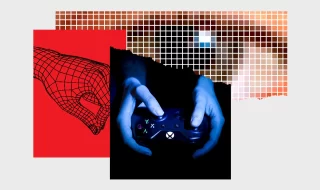
The world has changed a great deal in 2020. Many of us have spend months unable to work due to the COVID-19 pandemic and subsequent lockdown. Whether we’ve been placed on furlough or unceremoniously let go by our employers, we’ve had to find new ways to fill our time since March. As such, many of us have found solace and comfort in our hobbies. Scroll through your social feeds and you’ll find no shortage of movie watching “challenges” or watch-alongs with film makers. Including one that culminated in one of the greatest fan-service reveals in geek movie history… when director Zack Snyder unveiled the plans for his fabled “Snyder Cut” of Justice League at the end of a Man of Steel watch party on Vero. Many of us have been using this time to engage with books, films and video games that we might never have found the time to enjoy had our hectic work schedules continued as they did pre-lockdown. Indeed, Animal Crossing alone has been credited with “saving” many from the inevitable depression and rootlessness that many feel under the current circumstances.
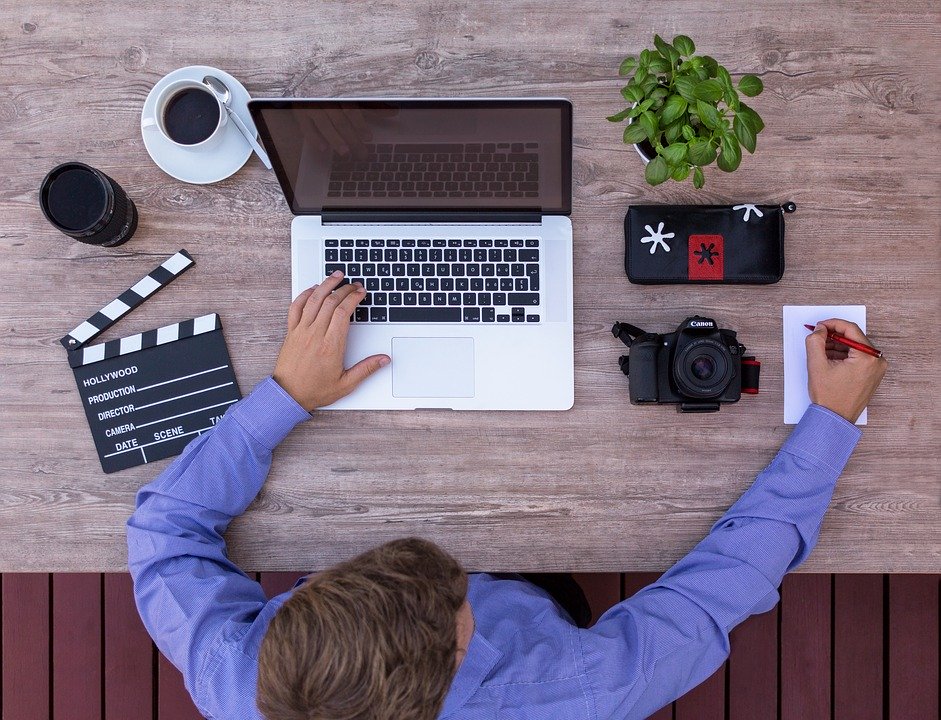
What’s more, as well as rediscovering our love for our hobbies, many of us have begun to engage in new creative pursuits. We’ve started brushing the dust off old manuscripts we started in our college years, started coding apps and maybe even started developing our own indie games. But for film buffs, there’s no greater challenge than getting a makeshift crew together and crafting your own indie movie. This can not only be a fun creative endeavor that allows you to tell a story that means a lot to you, it can actually change your life if it gets you noticed at the right festivals. But, as any YouTube auteur will tell you, making an indie film that looks and feels like a blockbuster can be extremely tricky. Fortunately, there’s now a plethora of affordable tech that can help you create a low-budget movie with a sleek, professional veneer.
If you still have some time on your hands and want to make a modest investment in your career as a filmmaker, here’s where you start…
Know your lenses
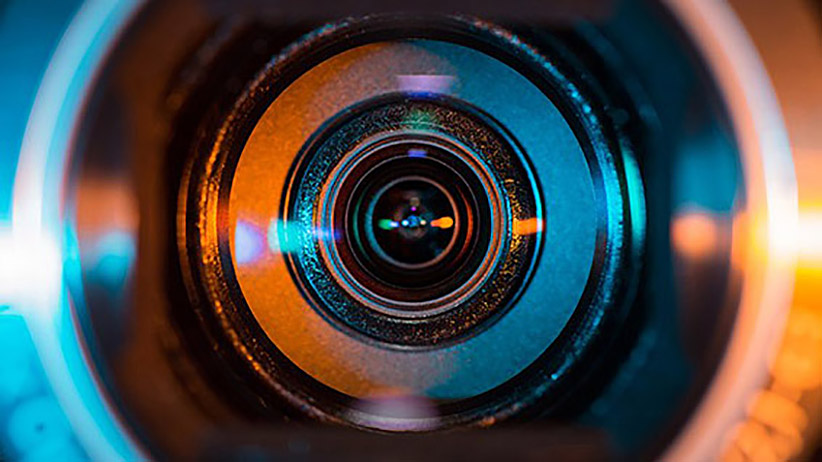
You could be forgiven for assuming that in an era where we can capture 4K video on our cell phones, that we don’t need to concern ourselves with the use of different lenses. But you’d be wrong. The right lenses can add depth to your shot, ensure that focus is drawn to the right objects and people, and enrich the quality of the image. Trying to use the same lenses for every shot in your film can cause it to look flat and unappealing, no matter how much effort you put into production design.
A little research will reveal that lenses can become something of a rabbit hole. Whatever your budget, you can easily spend the majority of it on lenses alone. However, you can cover all of your bases with just three;
- A “regular lens” for wide shots: This is a 50mm still camera lens
- A moderate wide angle lens: 24-35mm still camera lens for closeups
- A moderate zoom lens: 80-200mm still camera lens
Your number one priority will be a good 50mm lens as this will account for a goodly portion of your statement shots that give the film its unique look. Here are some suggestions that won’t break your budget.
Use drones to improve your shot vocabulary
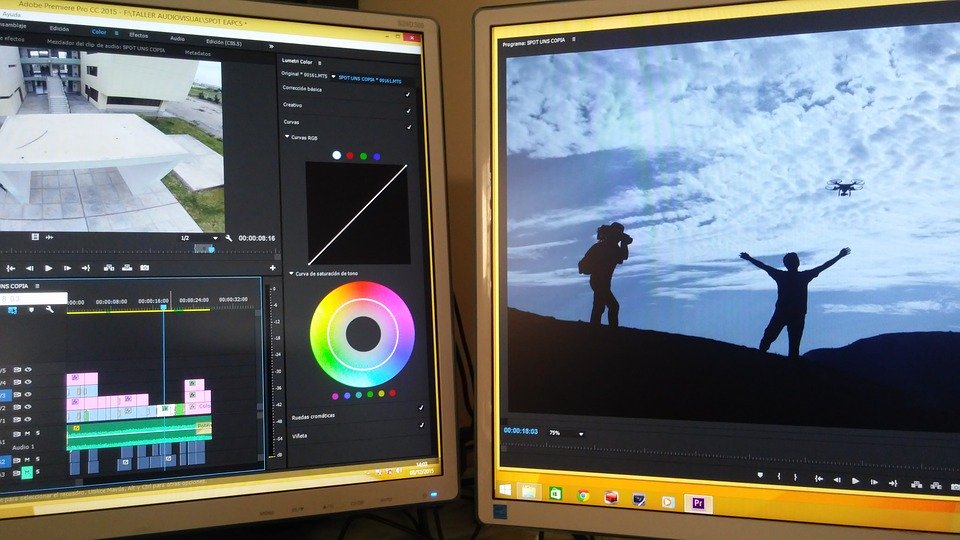
If you want to give yourself more creative choices (and capture the attention of festival judges), you need to think outside the box in terms of your shot vocabulary. The typical wide shot, close-up, shot, reverse-shit vocabulary is extremely useful and can help viewers to feel “comfortable” with your film, but it can be hard to make a big impression when using them. After all, you’re not trying to direct an episode of a sitcom here, you’re trying to make a piece of art that potentially serves as a calling card for the industry. And that means you need to be a little more daring in your shot composition.
There was a time when this meant aspiring filmmakers had to risk their lives climbing up fire escapes and onto rooftops to get awe-inspiring shots. Now, however, they need only invest in a drone. As drone technology gets more and more affordable and accessible, filmmakers have access to a wealth of great drone shots that can add dynamism to their cinematography. Take a look at Dronesvilla.com. You may find that it’s much more affordable than you may have thought to make drones a part of your filmmaking repertoire. Not to mention also being a lot of fun to use!
Invest in a good boom mic
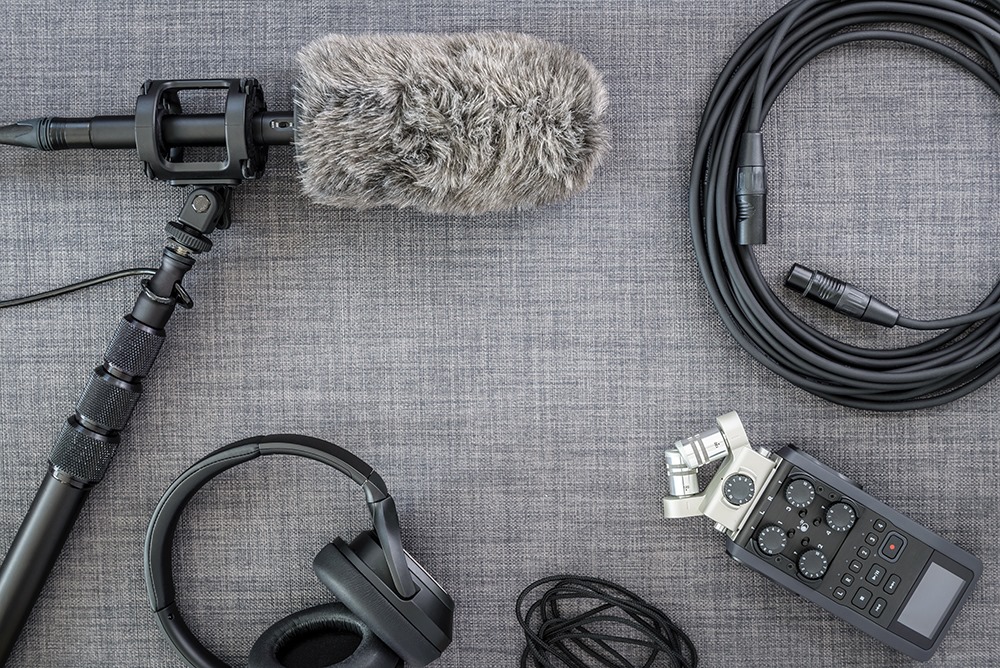
Lots of aspiring directors put a lot of time and effort into capturing beautiful shots. However, as striking as their visual eye may be, bad sound is anathema to great filmmaking. And it’s a pet hate of many festival judges. When you under-invest in your boom mic, however, it can lead to poor sound capture in your shoot. While you can potentially re-record and reinsert dialog in afterwards, a process known in the industry as ADR, this can create at least as many problems as it solves. While you may find ADR a useful tool that enables you to add lines or make creative changes to clarify certain scenes in the edit, becoming over reliant on it can be jarring. If you’ve had to watch a non-English language film with an English dub (however good the dub may be), you know the effect we mean. What’s more, recording ADR is notoriously frustrating for actors who not only have to give a great performance, but match the sound to the lip movements of their prior performances.
As such, you should focus primarily on capturing good quality sound within the shoot and rely on ADR only when necessary (e.g. instances of loud background noise, distortion from wind in exterior shots etc.). Here are some great “shotgun” mics which will be great for aspiring filmmakers.
Choose a post production suite that combines quality with affordability
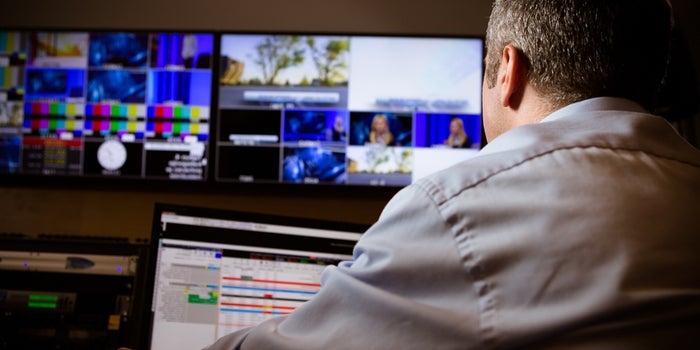
Of course, any filmmaker will tell you that capturing great footage is only half the battle. It’s the editing process that gives your film its energy, pace, drama and clarity. But video editing is both a science and an artform. Whether you edit the film yourself or take on a freelance video editor, you’ll need an affordable editing suite. There are a multitude to choose from here.
You’ll also want to use some post-production software for things like color grading. Davinci Resolve is a great one for this, and best of all it’s completely free. You’ll also want to use a program like After Effects to add digital effects. This might be to digitally remove a mic boom from a shot, or a speckling of dirt on the lens. This will ensure that the finished product looks and feels professional.
But remember the most compelling elements are also the most low-tech

While tech can help you to bring your vision to life, your finished film will succeed or flounder on the strength of the most low-tech elements. There’s no technological substitute for a great script, although there are a LOT of free screenwriting tools that will help you to hone your writing craft.
Another area in which you really can’t afford to cut corners is professional actors. It stands out like a sore thumb when filmmakers exclusively cast friends and family in their films. And if you want professional actors, you need to pay them the SAG minimum of $120 per day. Alternatively, you could try and coerce recent drama school graduates at the start of their career journey. But a film peopled entirely with characters in their early to mid 20s can be debilitating creatively.

